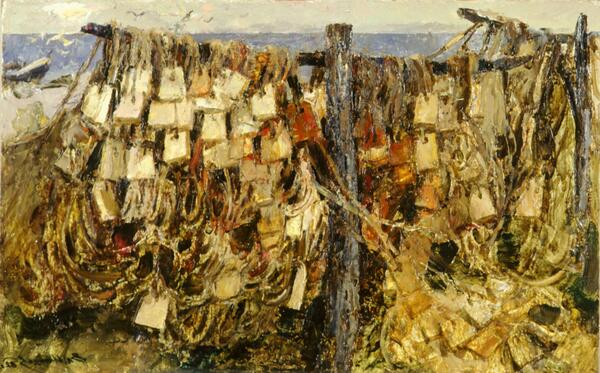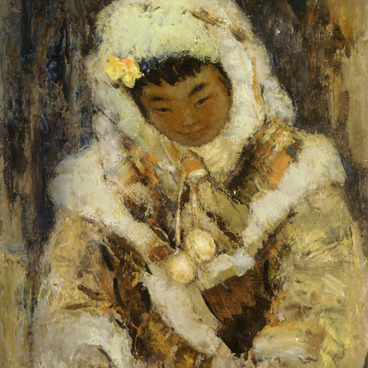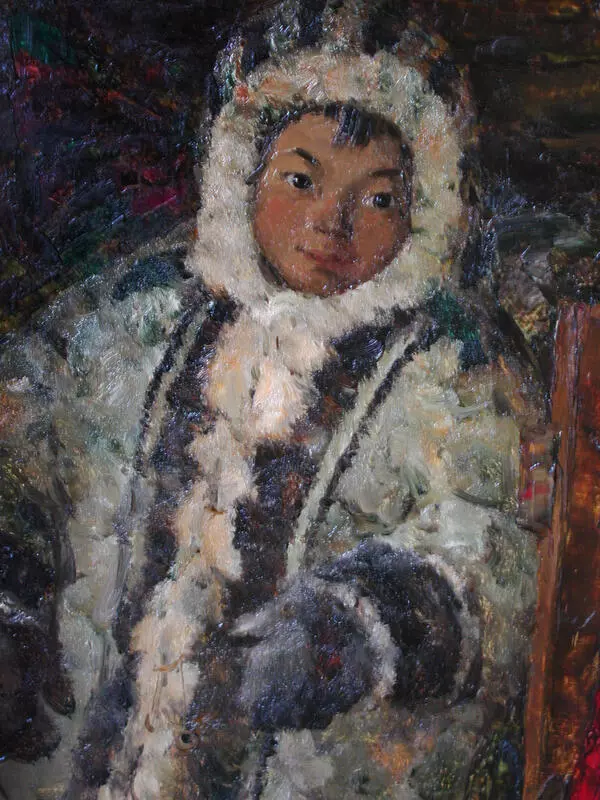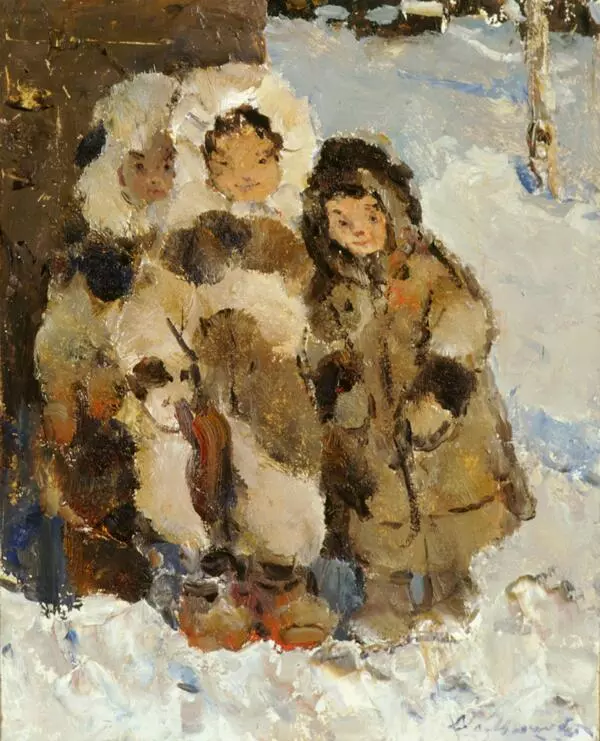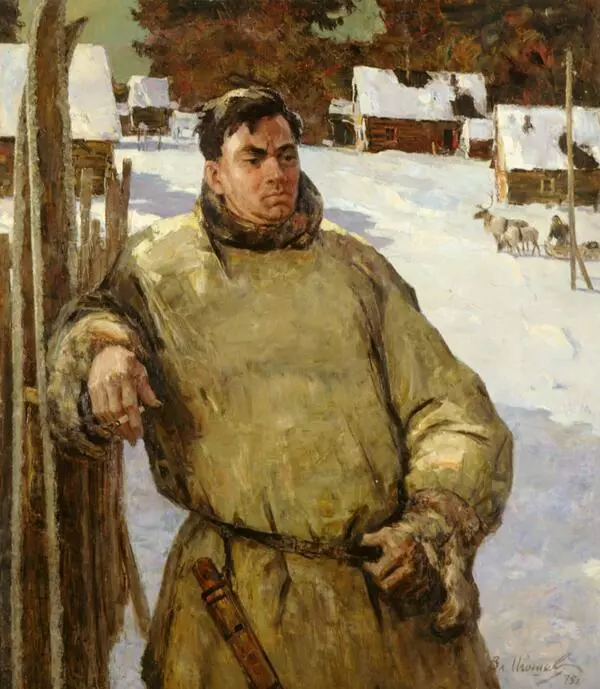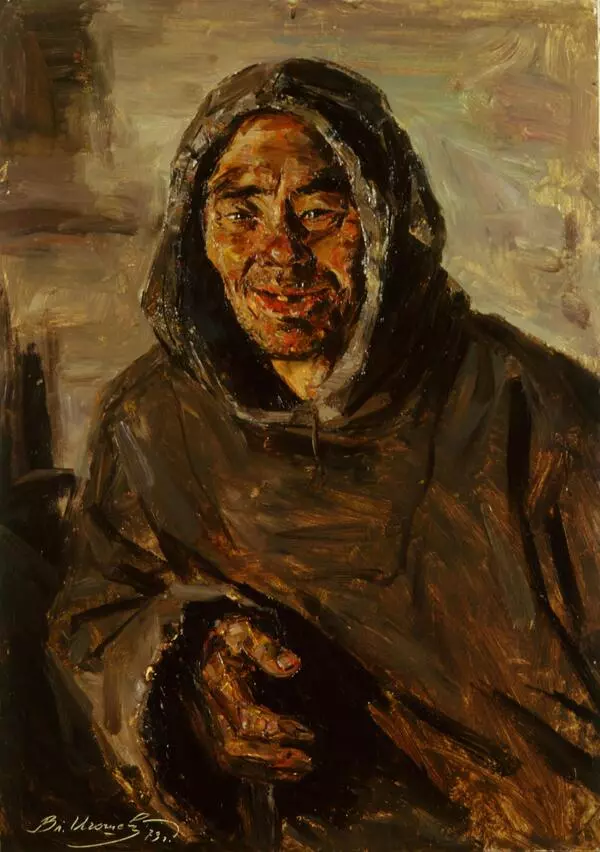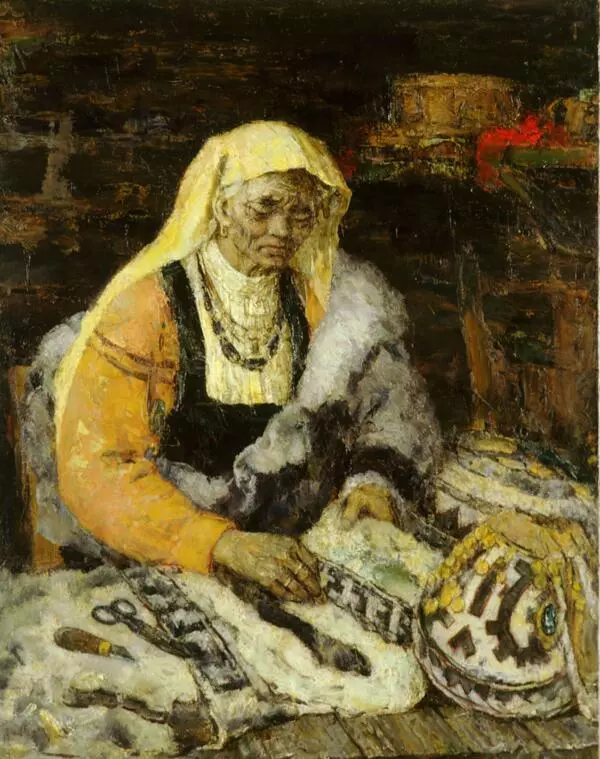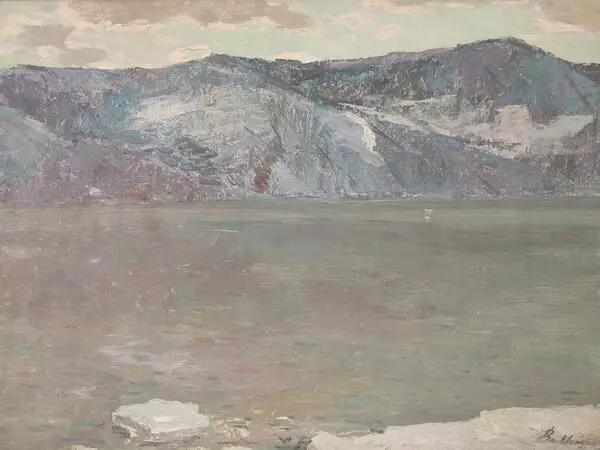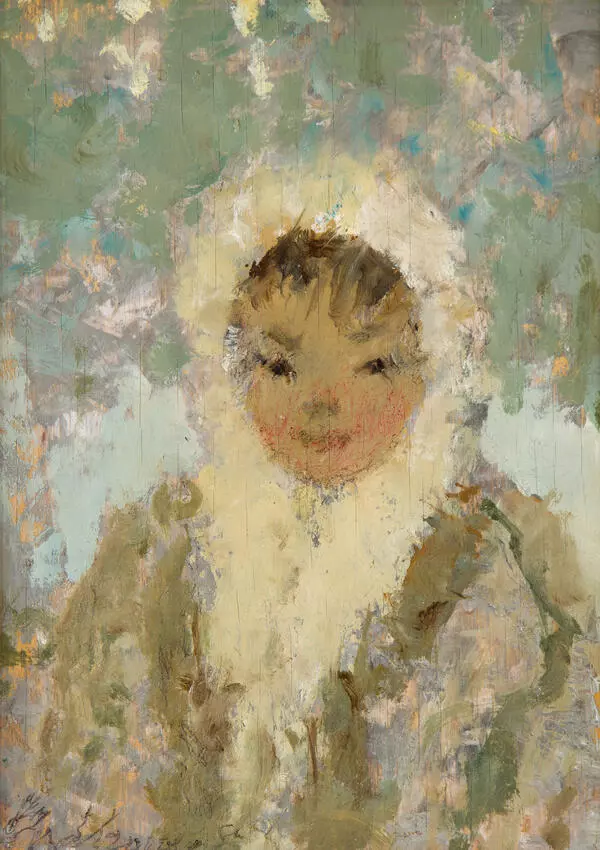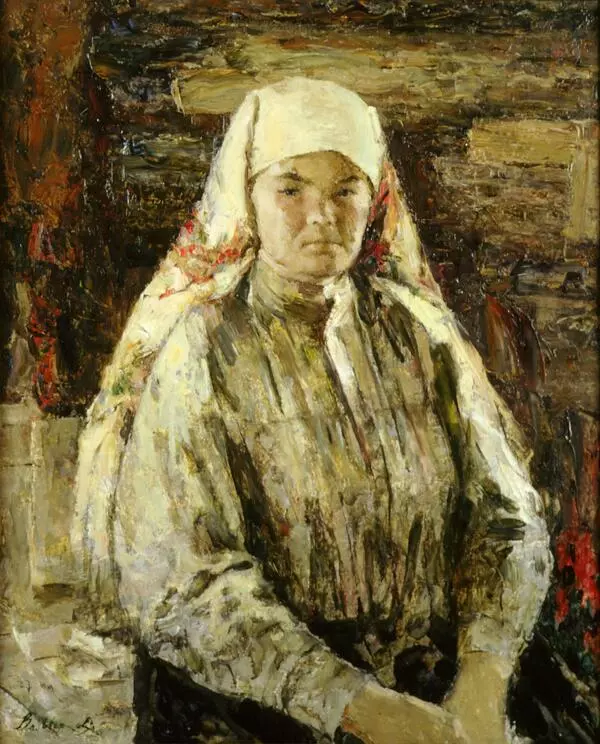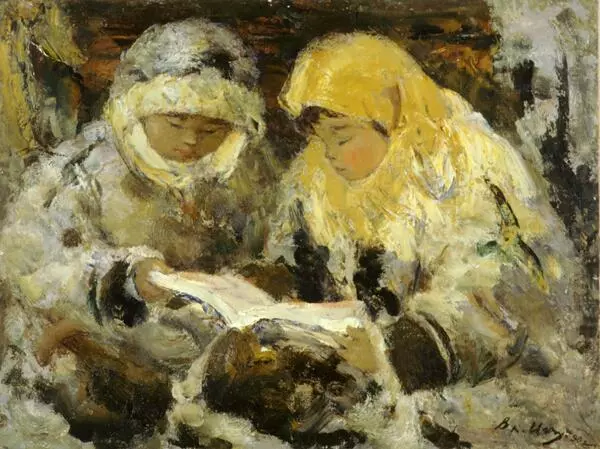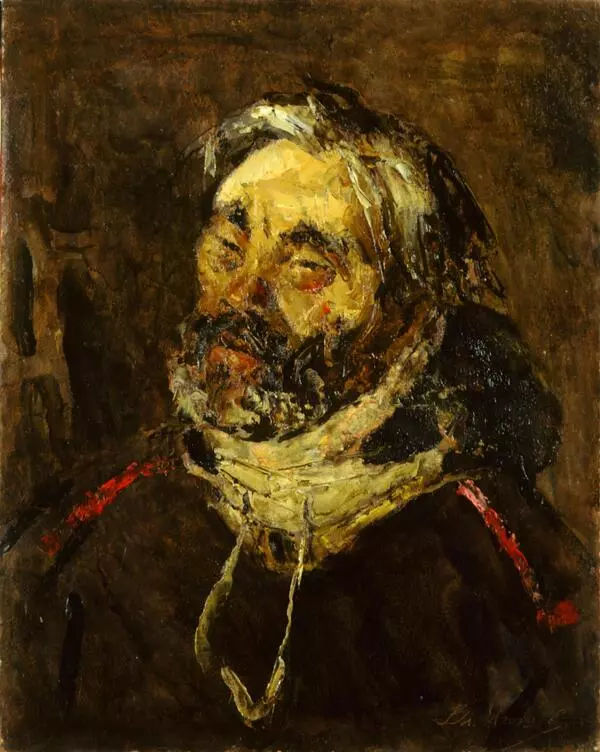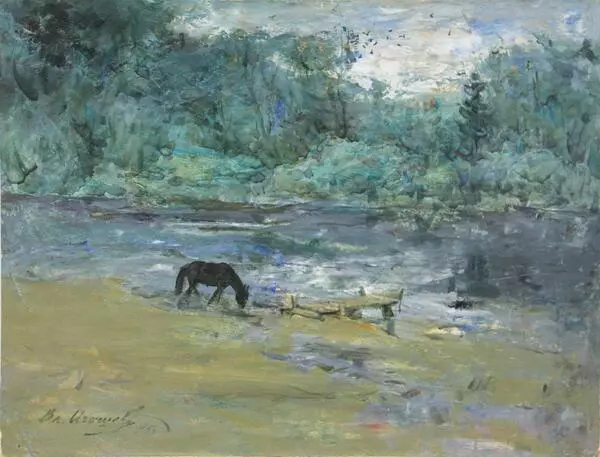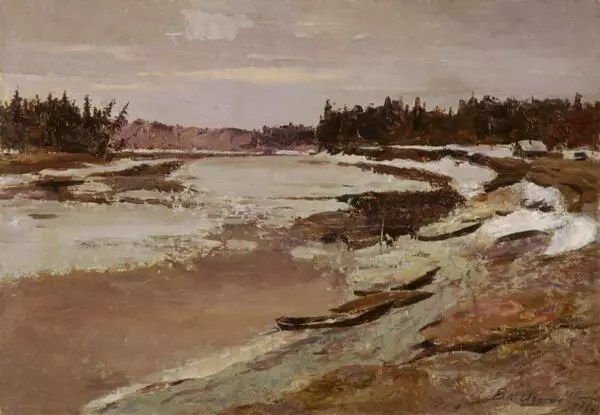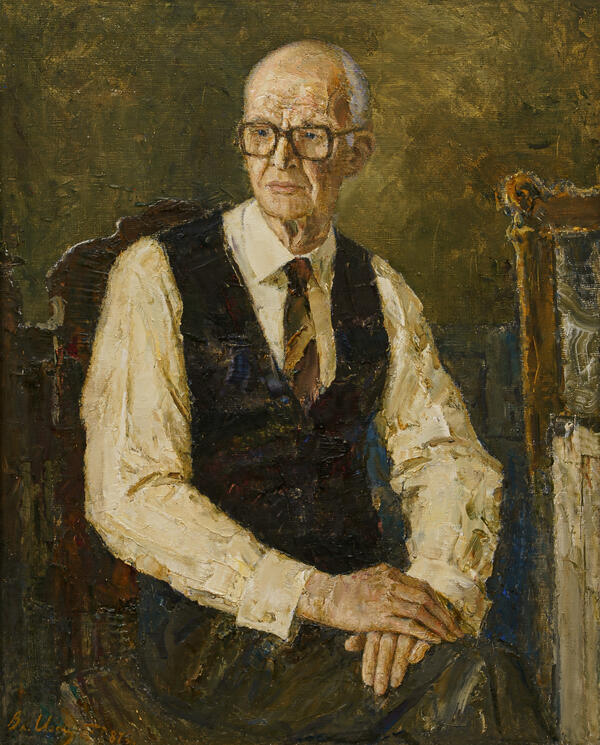The broad resettlement of Khanty and Mansi people in the territories with various terrains determined the difference in their internal economy. For most of the Khanty and Mansi people, depending on their living conditions, reindeer breeding came first. For the peoples living along the Ob river and the lower reaches of its confluences fishery was the main activity. The people went to the Ob from their villages situated in the lower reaches of the rivers for the seasonal fishing. During the whole period they lived in the summer buildings with their families fishing and laying in a store of fish for the winter. The quantity of fish was much more than needed for the personal use, so a large portion of the catch was to be sold. Apart from the seasonal fishing, Khanty and Mansi earned fish with the help of different methods from the lakes and canals situated close to their places of living. They used bag-like devices, which look like the primitive trawl nets. A trawl net is a pushed device for the fishing made of net, which is still widespread in fishery.
For making nets Khanty and Mansi used hempen cords, and in the old times they used nettle fibers. They were coloured with bird cherry bark, as the dark brown fibers were almost invisible in the water. The net was placed vertically along the path of the fish, so it got lost in it while going through the trap.
Apart from the nets the locals used the special fishing poles with the hooks and fish gigs, and the bows (during the spawning season).
The painting Fishing Nets was created by Vladimir Igoshev in 1982. The same year he won the State Prize of Russia named after I. E. Repin for the series of his works entitled Taiga People, which included such paintings as Old Mansi Woman, Portrait of Reindeer Breeder F. N. Tikhonov, Northern Girl’s Song, Young Hunter, Girl from the Taiga Village, Old Hunter. The artist’s solo exhibitions were organized in different cities including Tokyo, Budapest, Prague. Vladimir Igoshev’s works are in the collections of The State Tretyakov Gallery, The State Russian Museum, art museums in Kiev, Tashkent, Baku, and in the private collections in Russia and abroad.
For making nets Khanty and Mansi used hempen cords, and in the old times they used nettle fibers. They were coloured with bird cherry bark, as the dark brown fibers were almost invisible in the water. The net was placed vertically along the path of the fish, so it got lost in it while going through the trap.
Apart from the nets the locals used the special fishing poles with the hooks and fish gigs, and the bows (during the spawning season).
The painting Fishing Nets was created by Vladimir Igoshev in 1982. The same year he won the State Prize of Russia named after I. E. Repin for the series of his works entitled Taiga People, which included such paintings as Old Mansi Woman, Portrait of Reindeer Breeder F. N. Tikhonov, Northern Girl’s Song, Young Hunter, Girl from the Taiga Village, Old Hunter. The artist’s solo exhibitions were organized in different cities including Tokyo, Budapest, Prague. Vladimir Igoshev’s works are in the collections of The State Tretyakov Gallery, The State Russian Museum, art museums in Kiev, Tashkent, Baku, and in the private collections in Russia and abroad.

